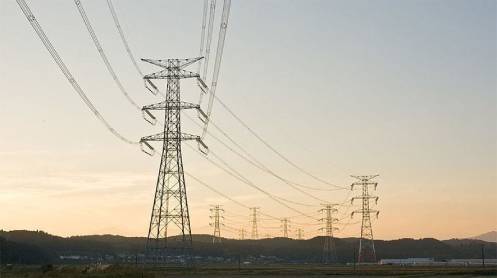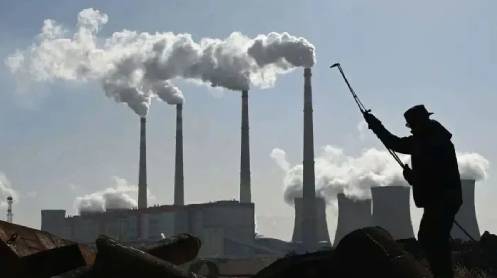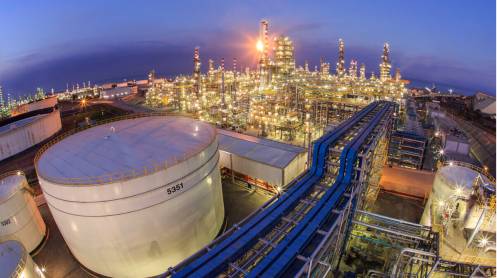Experts suggest taking measures to address impacts of rising temperatures
LAHORE – Climate change-induced heat stress has negatively impacted Pakistan’s economy, especially the energy sector.
As per the experts, the consequences of temperature increase on different factors like labour productivity, household consumption habits, and living standards were contingent on whether the temperature moves closer to or deviates further from the optimal range.
Furthermore, these effects are exacerbated in urban areas due to the Urban Heat Island (UHI) phenomenon, which is observed in major cities across the globe.
According to the World Bank climate report, the UHI effect in Pakistan is noticeably intensifying, attributed to factors such as dark surfaces, heat emissions from residential and industrial sources, reduced vegetation, and air pollution.
These factors contribute to temperature spikes ranging from 0.1°C to 3°C in major cities worldwide.
In the case of Karachi, according to WealthPK, night-time UHI has been reported as high as 13°C.
These rising temperatures not only pose risks to human health but also pose a significant threat to the service sector by elevating labour costs associated with adaptation measures.
Elaborating on the research findings, the environmental specialist said with every one-degree rise in ambient temperature, there is a corresponding increase in electricity demand ranging from 0.5% to 8.5%.
“This surge in demand is primarily attributed to the widespread need for air-cooling systems in both residential and business settings.”
Consequently, he said this heightened demand places additional strain on energy generation systems, which are already grappling with heat stress and reduced efficiency due to their cooling requirements.
Furthermore, he said that Pakistan is experiencing significantly higher temperature increases compared to the global average, especially in its northern regions where already high baseline temperatures are exacerbated.
“Under more severe emissions scenarios, it is projected that the number of days per year with temperatures exceeding 35°C may escalate from 120 to over 150 by the middle of the 21st century.
This escalating trend puts immense pressure on urban environments and the energy systems that support them.”
Rapid urbanisation is significantly accentuating the impact of the UHI effect in cities like Lahore and Peshawar.
This effect, characterised by heightened temperatures in urban areas, has led to an increased demand for cooling systems.
Consequently, the nation’s energy system faces additional strain, potentially resulting in reduced efficiency in cooling-intensive facilities such as nuclear and thermal power plants.
Moreover, Pakistan’s energy system is vulnerable to extreme climate events, which are expected to intensify under climate change.
These challenges necessitate urgent measures to address the impacts of rising temperatures and the UHI effect on the country’s energy sector, with a focus on promoting energy-efficient practices, sustainable urban planning and resilient infrastructure.





